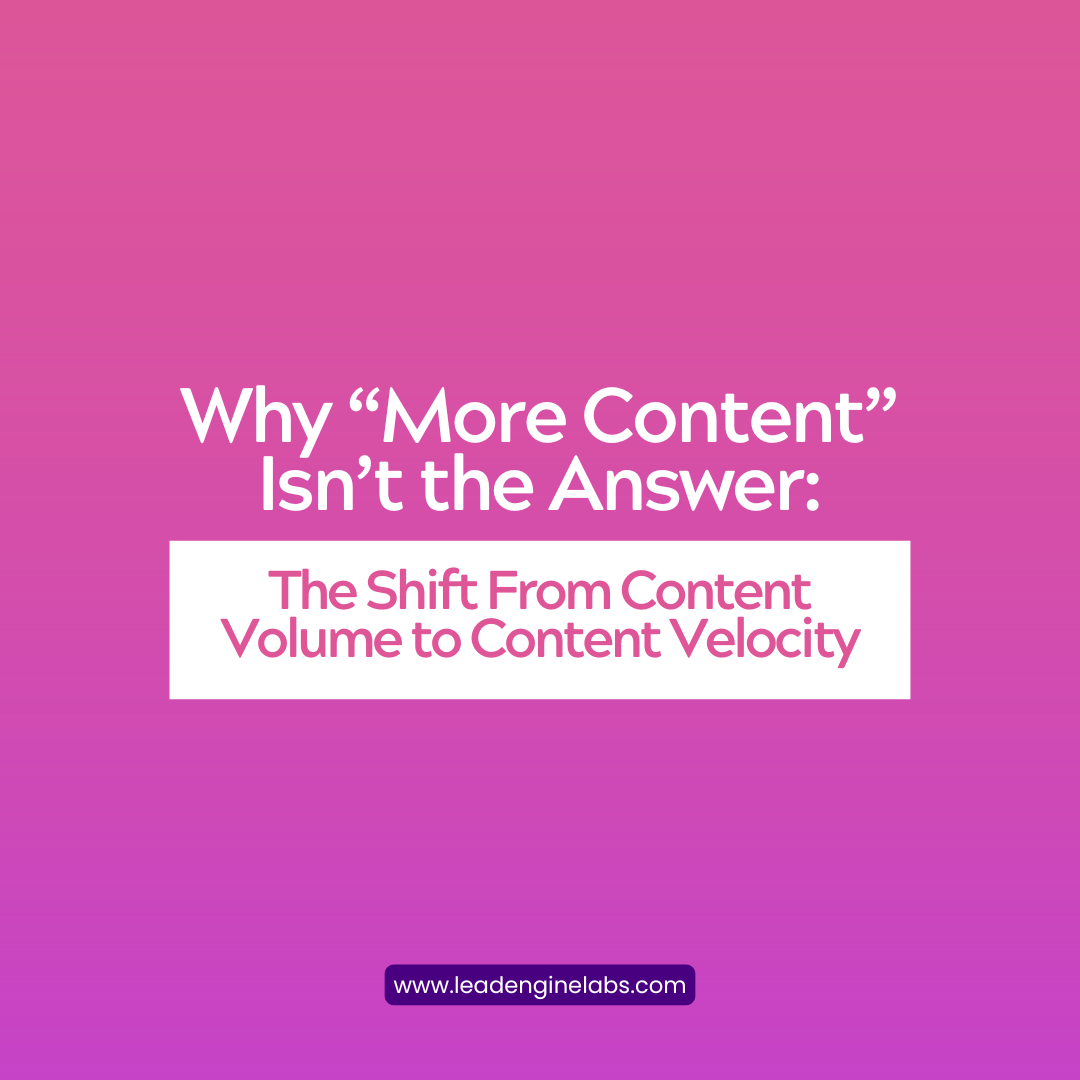You might be thinking that conducting audience surveys for content creation is a tedious and time-consuming process that requires a lot of resources. However, it’s actually a valuable and accessible tool that can provide you with insights into your audience’s needs and preferences.

In fact, even with a small audience and limited resources, you can conduct surveys that will help you create unique and useful content that stands out.
By conducting audience surveys, you can gain a better understanding of what your audience wants, which can help you tailor your content to their needs. You can also use the information gathered from surveys to inform your product development and improve the overall user experience.
In this article, we’ll explore the lessons learned from conducting audience surveys for content creation, including how to tailor surveys to research goals, avoid assumptions and condescension, and study survey responses for patterns and insights.
With these lessons, you’ll be able to conduct effective surveys that will help you create content that resonates with your audience and drives innovation in your industry.
Key Takeaways
- Surveys are a powerful tool to tap into for creating unique, useful content and gaining insights for unique content series.
- Surveys can inform content creation and product development by providing insights on audience needs and challenges, gaps and areas for improvement, and what kind of content and products to create.
- Surveys should be tailored to the goals of the research project, designed to avoid sounding condescending, and can be improved by seeking feedback from others and iterating on the questions.
- Longer surveys can provide more depth of information and allow for cross-referencing responses to gain valuable insights, even if they sacrifice the number of responses.
Benefits Of Conducting Audience Survey
Surveys are a powerful tool that can provide unexpected and invaluable insights, helping you to build an asset of advocates by avoiding the curse of knowledge and assumptions about your audience’s sophistication.

Survey design is crucial to ensure that your questions are tailored to the goals of your research project. By asking the right questions, you can gain a better understanding of your audience’s needs and challenges, as well as identify gaps and areas for improvement.
However, survey design is just the first step. Data analysis is key to uncovering patterns and insights that can inform your content creation and product development. By studying survey responses, you can gain a better understanding of what kind of content and products to create, as well as identify serendipitous findings that can lead to unique and useful content.
Surveys can be a fertile ground for innovation, but it’s important to approach them strategically and with a data-driven mindset.
Tailoring to Goals
To ensure that your survey yields valuable insights, it’s important to design it with specific goals in mind. This means considering what information you hope to gain from the survey and tailoring your questions accordingly. Customized questions that align with your research objectives will help you gather relevant data that can inform your content creation and product development strategies.

When designing your survey, think about the goals of the research project and the needs of your audience. Are you looking to gain insights on audience challenges, product preferences, or content consumption habits? Depending on your goals, you may need to craft different types of questions or use different survey methodologies.
By tailoring your survey to your research objectives, you’ll be able to gather meaningful data that can help you make informed decisions about your content marketing strategies.
Improving Content Creation
If you want to create content that stands out and resonates with your audience, you need to focus on improving the quality and uniqueness of your message. Adding a splash of color to a blank canvas can help achieve this.
One way to improve your content is to use audience feedback. Surveys can be a valuable tool in this process, providing insights into what your audience wants and needs from your content. By listening to your audience and incorporating their feedback into your content, you can improve engagement and build a loyal following.
Engagement strategies in a blog are another key component of improving content. Using tactics like storytelling, humor, and personalized messaging can create content that not only informs and educates, but also entertains and resonates with your audience.
By focusing on quality and engagement, you can create content that stands out and builds a loyal following. Ultimately, this will lead to greater success for your brand or business. So, take the time to listen to your audience and incorporate their feedback into your content. Use engagement strategies to create content that truly resonates with your audience.
Unexpected Findings
You may be surprised by the unexpected findings that can arise from surveying your audience. While you may think you have a good understanding of your audience, surveys can reveal patterns and anomalies that you may not have anticipated. These unanticipated results can provide valuable insights that can inform your content creation and product development.
Exploring anomalies and unexpected results in surveys can help you identify gaps in your understanding of your audience. For example, you may find that a significant portion of your audience is interested in a topic that you hadn’t previously considered or that there is a subset of your audience with unique needs or challenges.
By digging deeper into these unexpected findings, you can develop content and products that better meet the needs of your audience and differentiate yourself from your competitors.
Valuable Insights
Gain valuable insights into your audience by exploring unexpected findings and patterns that may arise from surveying them. Surveys are a powerful tool to tap into the needs and challenges of your audience.
They can provide information on what kind of content and products to create, and help identify patterns and serendipitous findings. By analyzing survey responses, you can gain a better understanding of your audience and create content that resonates with them.
Audience engagement is crucial for successful content creation, and surveys are a great way to engage with your audience. Analyzing survey data can help you identify gaps and areas for improvement, and adjust your content accordingly.
By using data analysis to inform your content strategy, you can create content that is both useful and unique, and build a loyal audience. Surveys can be tailored to your specific goals, and can be conducted even with a small audience and limited resources.
By investing in audience research and engagement, you can create content that stands out and drives results.




